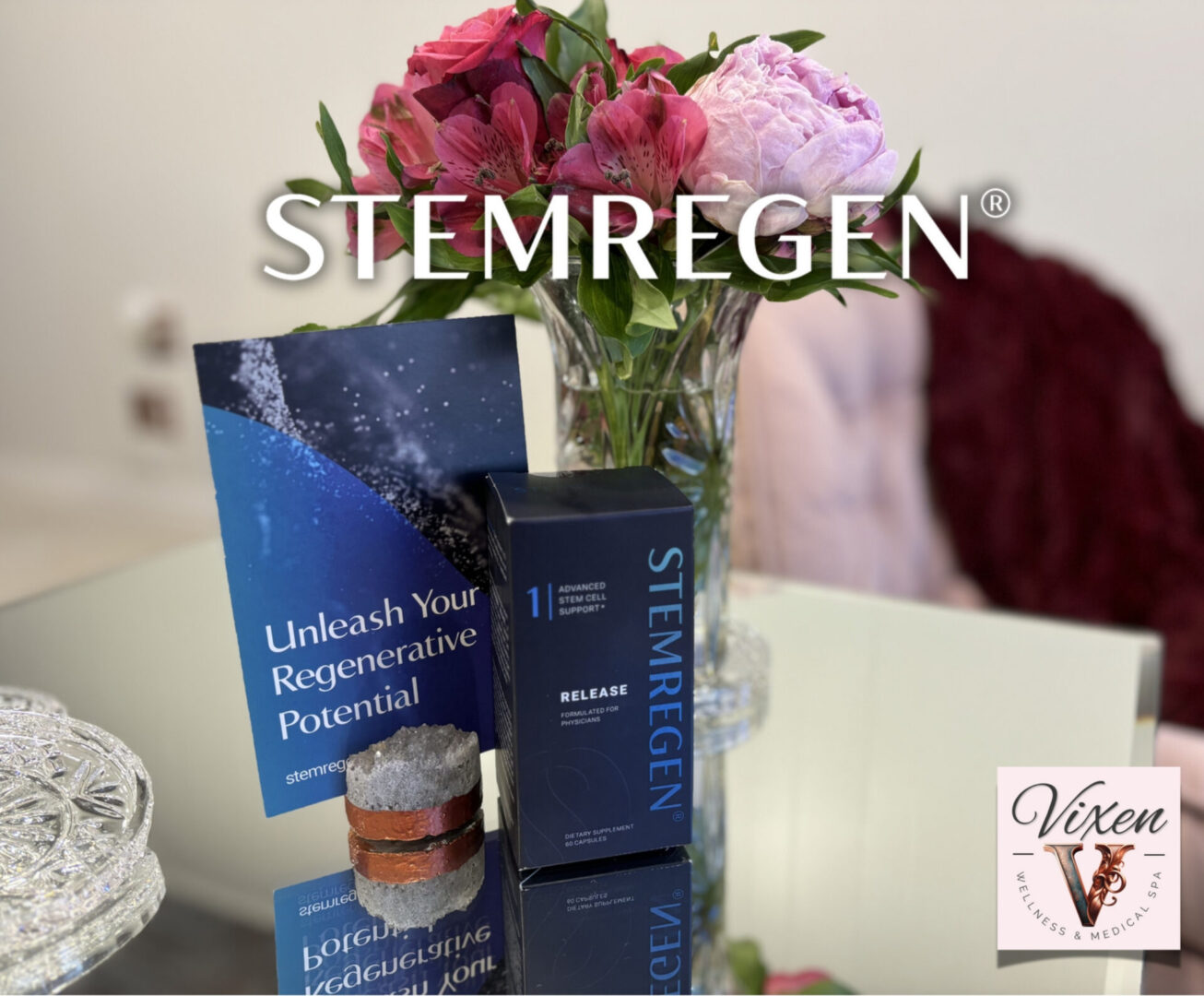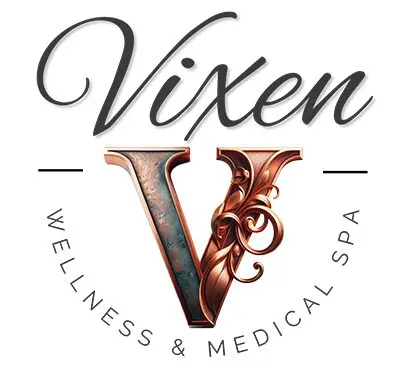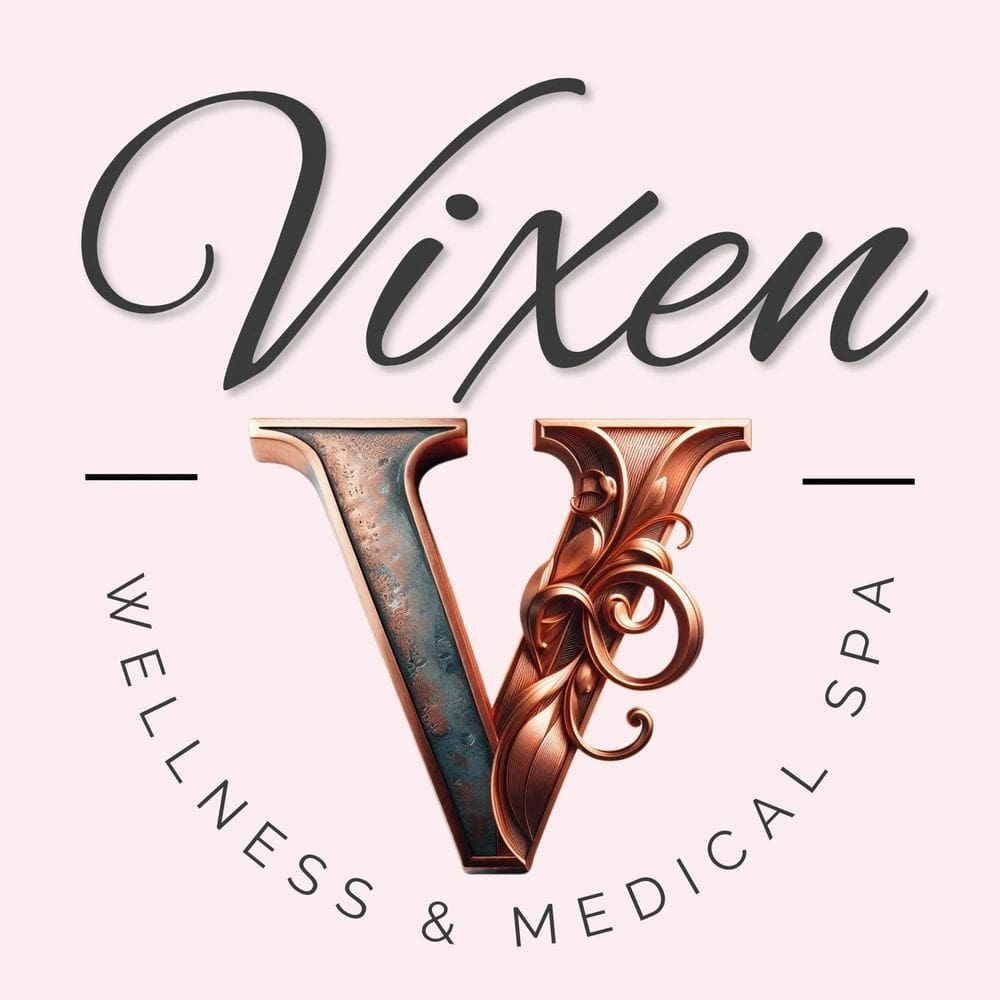
StemRegen®
STEMREGEN® Release is a clinically tested blend of natural ingredients that support stem cell release and migration. This scientific breakthrough formula supports organ and tissue function, fostering healthy aging and rejuvenation from within.
Frequently Asked Questions
Stem cells are remarkable cells with the ability to develop into many different types of cells in the body. They act as a repair system, replenishing cells as needed. Think of stem cells as the body's own repair kit. They can create new cells to replace damaged ones.
- Self-renewal: Stem cells can create exact copies of themselves, ensuring a continuous supply.
- Differentiation: They can transform into specialized cells like blood cells, nerve cells, or heart cells.
Stem cells are found in various places throughout the body, including bone marrow, the brain, and even the umbilical cord.
Stem cell therapy, also known as regenerative medicine, is a promising approach that harnesses the body's natural healing power to repair damaged tissues and organs. It involves using stem cells – specialized cells capable of transforming into different cell types – to regenerate and restore function.
How it works:
- Isolation: Stem cells are extracted from various sources, such as bone marrow, adipose (fat) tissue, or umbilical cord blood.
- Cultivation: In a laboratory setting, these cells are grown and multiplied to create a sufficient number for treatment.
- Specialization: Scientists can often guide stem cells to develop into specific cell types needed for repair, such as heart muscle, nerve, or cartilage cells.
- Implantation: The prepared cells are then introduced into the patient's body, where they migrate to the damaged area and stimulate healing or replace damaged tissue.
While stem cell therapy shows great potential, it's essential to note that research is ongoing, and not all treatments are widely available or approved. It's crucial to consult with a qualified healthcare provider to discuss the risks and benefits.
Stem cells can be obtained from various sources:
- Embryonic Stem Cells: These come from early-stage embryos and are the most versatile, capable of becoming any cell type in the body.
- Adult Stem Cells: Found in many adult tissues (like bone marrow and fat), these cells have a more limited ability to develop into different cell types.
- Induced Pluripotent Stem Cells (iPSCs): These are adult cells that have been reprogrammed to behave like embryonic stem cells, offering potential advantages in terms of rejection and ethical considerations.
- Perinatal Stem Cells: Found in amniotic fluid and umbilical cord blood, these cells have shown promise in research.
Embryonic stem cells are the most versatile but raise ethical concerns due to their source. Adult stem cells are more readily available but have limitations in their ability to differentiate into various cell types. iPSCs offer a potential alternative with fewer ethical implications, but their long-term safety is still under investigation.

